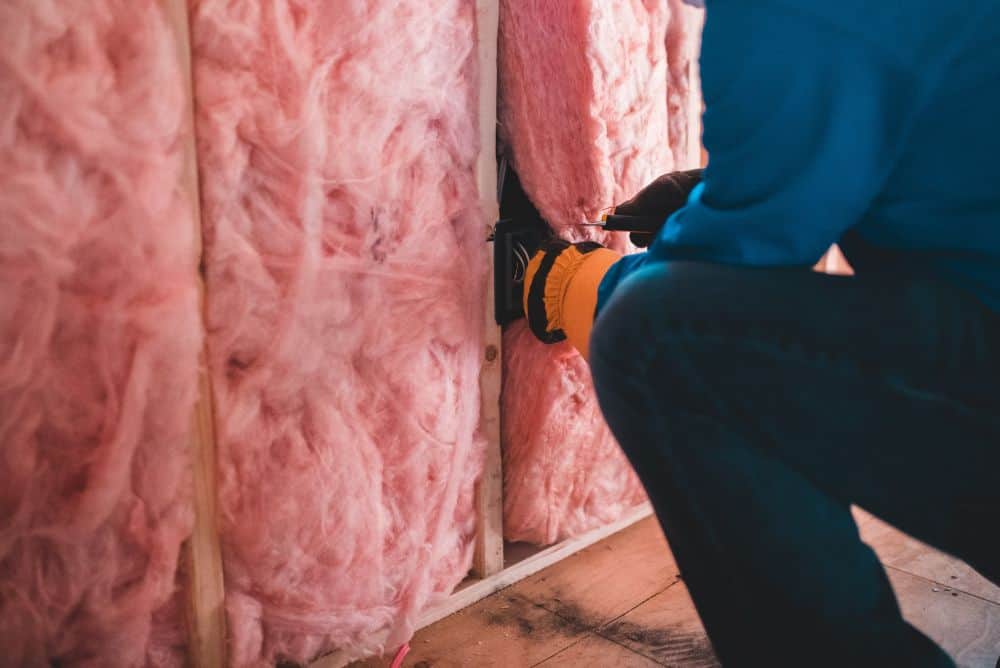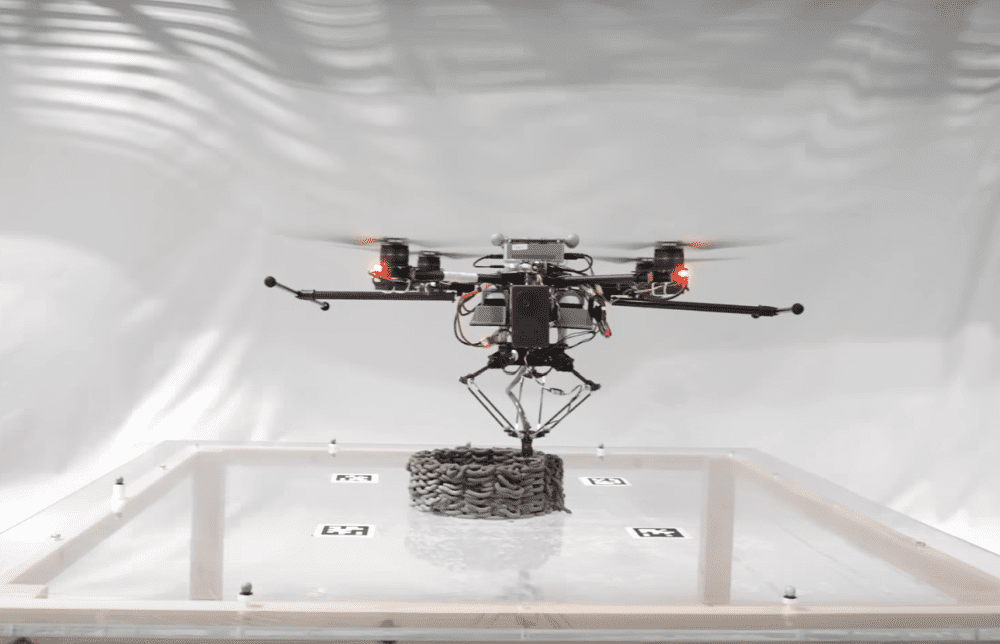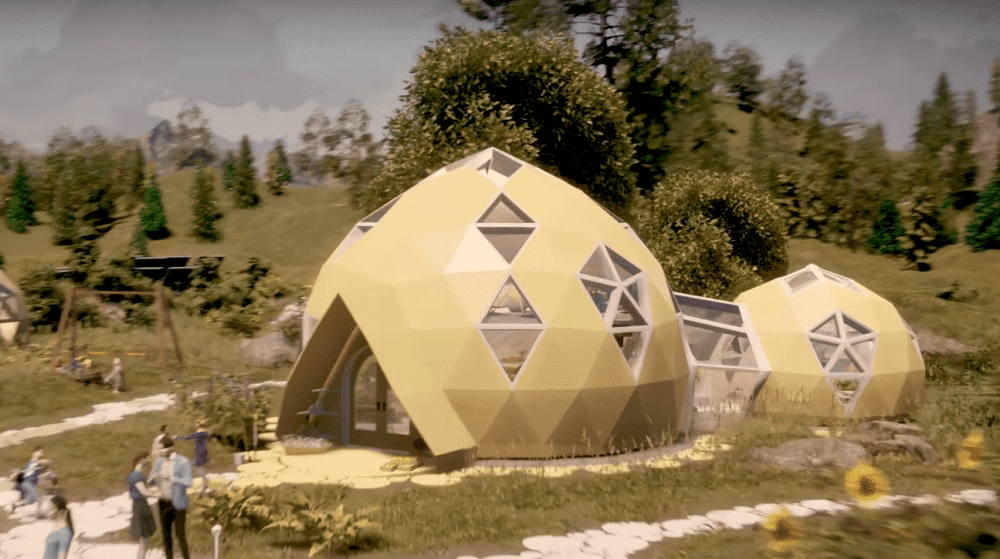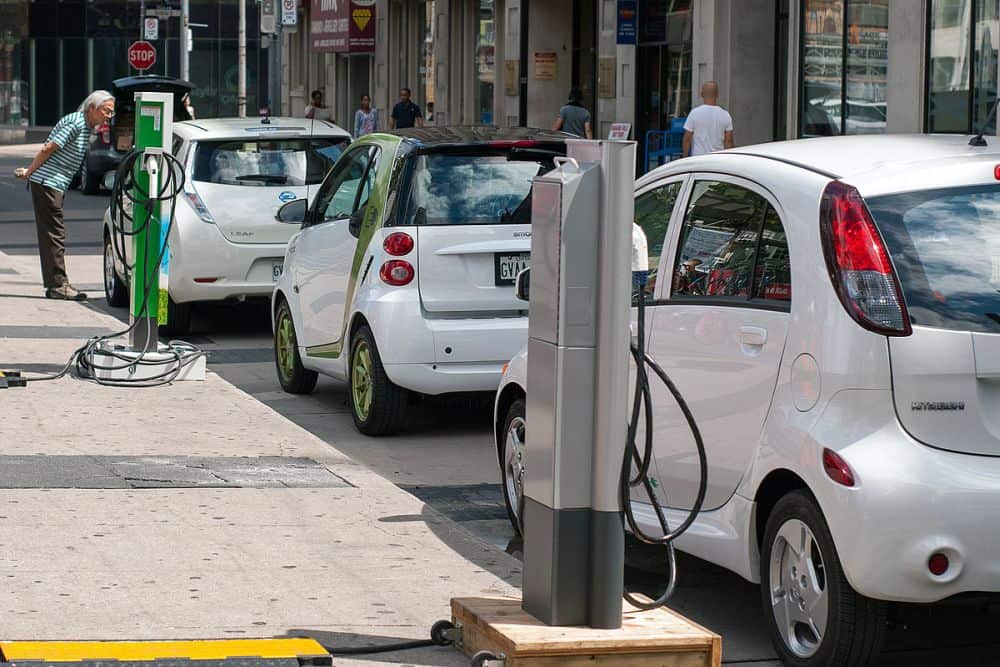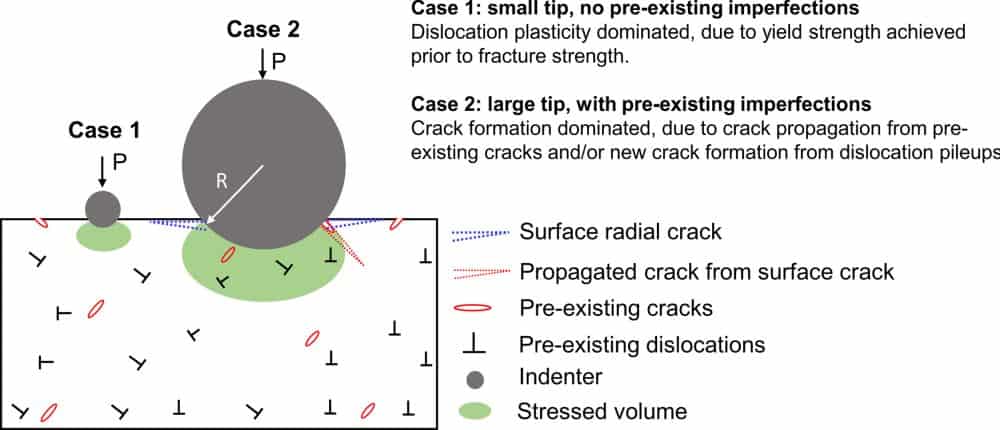Hollow silica particles exhibit lower thermal conductivities than current common thermal insulation materials, while also being easier and cheaper to fabricate than state-of-the-art insulating aerogels. Two recent studies demonstrate the work being done to develop stable and scalable hollow silica particle-based composites for next-generation thermal insulation systems.
Read MoreThe typically brittle nature of ceramics can hamper its formation into complex parts. Northeastern University researchers demonstrated that a highly oriented boron-based ceramic matrix composite can be shaped via thermoforming, which could hold implications for the electronics field.
Read MoreFabricating transparent ceramics is inherently challenging due to the excellent mechanical, thermal, and chemical stability of ceramics. Researchers in Germany showed powder injection molding could allow for high-throughput manufacturing of complex-shaped transparent ceramics.
Read MoreUsing additive manufacturing to repair objects in difficult-to-access locations, such as at the top of tall buildings, is not convenient because the 3D-printing equipment cannot be transported there easily. An international team of researchers developed a swarm of cooperative, 3D-printing drones that can print materials for building or repairing structures while flying.
Read MorePreserving high-pressure states of novel materials at ambient conditions is a long-sought-after goal for fundamental research and practical applications. A recent joint project by researchers in China and the United States showed that properties of high-pressure materials can be maintained in free-standing, nanostructured diamond capsules without the support of traditional bulky pressure vessels.
Read MoreStructural color is a more durable and less hazardous alternative to conventional pigments, but the angle-dependence of the color limits its broader application in synthetic systems. Researchers at ETH Zurich proposed a 3D printing process to create complex-shaped objects with angle-independent “isotropic” structural color generated from photonic colloidal glasses.
Read MoreMost rotator cuff repair procedures focus on the tendon, but the real problem is that the muscle degenerates and accumulates fat. University of Connecticut School of Medicine researchers led by ACerS Fellow Cato Laurencin developed a graphene-polymer matrix that induces a reversal of muscle degeneration, thereby greatly lowering the risk of rotator cuff retear injuries.
Read MoreWith the increasing frequency and severity of natural disasters, architects will need to reconsider how buildings are constructed. California-based startup Geoship claims its bioceramic dome homes are not only disaster resilient but could help combat the affordable housing crisis.
Read MoreSubstantial ceramics research projects are looking to address issues with current lithium-based battery technologies. A selection of recent papers in ACerS journals highlights some of the efforts toward new electrolyte, cathode, and anode materials.
Read MoreIn the past decade, there has been an increase in the number of studies on ceramic dislocations and their impact on functional properties. Xufei Fang and his group at the Technical University of Darmstadt study this topic, and they’ve published several recent papers exploring how to improve dislocation generation through mechanical deformation.
Read More
